Getting customers to like you isn’t easy–we get it. But if you don’t have a clear customer engagement strategy, how do you get your shoppers’ attention or to participate with your business at all?
Some social media marketers will say the magic numbers for your engagement level is based on likes, shares and comments. But are you doing your part to create an engagement strategy that surpasses social media and covers the entire buyer journey–whether it’s in store or online?
We live in an era of relationship marketing, which means every interaction is critical to improve retention. In fact, a 2021 report found that 30% of consumers will not give brands more than one chance after a bad customer service experience.
Now more than ever, it’s essential to create meaningful relationships, which is why we’re here to talk about the steps you have to take to build a worthwhile customer engagement strategy. In this guide, you’ll discover the basics of a setting up your strategy and 12 methods to engage your customers right now:
What is a Customer Engagement Strategy?
A customer engagement strategy is the process of influencing your current or potential shoppers to interact, share and communicate within an experience your company specifically created. However, it’s just as important to understand the purpose of this strategy as well as to execute it.
The end goal of a customer engagement strategy is to increase brand loyalty and drive more sales through positive shopper experiences. This goes beyond the average sales pitch. Instead, a good strategy involves creating content that catches customers’ attention, draws them in, adapts to their needs and ultimately gives them the best experience possible.
Your customer engagement strategy will only be successful if you pull your eyes away from the dollar signs and focus on the actual people that make up your customer base. In turn, this helps you accomplish other important brand goals, such as:
- Increased engagement on social media channels
- Higher brand loyalty in your current customers
- New advocates for your brand who share their experiences online
- Generate and spread more positive content related to your brand
- Increased brand awareness
- Getting more attention of new customers
- And (of course) increased sales
While the end result does involve increased sales, your strategy will never work if you’re only focused on the monetary growth. Think of the value you can provide your customers and how their experiences impact sales.
So, what other elements should you include?
12 Principles to Live By in Your Customer Engagement Strategy
If you want to build loyalty and boost brand awareness on and offline, follow these 12 principles for a successful customer engagement strategy:
1. Inject Every Piece of Content With Personality
There’s a reason why certain brands do well with content, while others struggle. Also, those who succeed usually have something in common–they’re authentic.
Data from Stackla showed 86% of consumers think brand authenticity is essential toward making purchasing decisions and what company to support. To make things even more difficult, consumers can tell when you’re faking it.
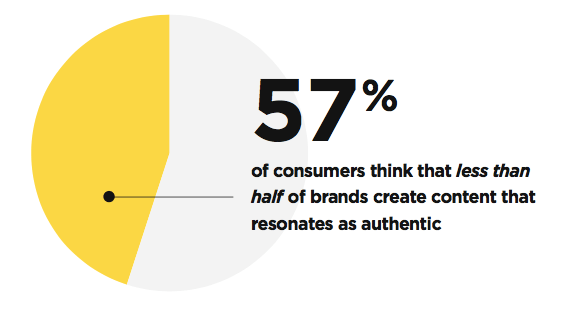
The same survey found consumers think more than 50% of content from brands could be considered unauthentic. By focusing on authentic marketing, you build trust with your content.
So how do you push more authentic content?
Get into the head of your fan base. Know your customers’ daily struggles.
Do they hate that Monday-morning feeling or are they workaholics? Are your shoppers addicted to Netflix or to the feeling of a good workout? What’s gets them out of bed in the morning?
Answer these questions to know what your customers love and they’ll appreciate you popping up in their social feeds and email inboxes. To take this one step further, inject that same level of personality into every single piece of content that users see.
https://twitter.com/ThePinkPineapp/status/1105918932098129921
Brands like BarkBox have it a bit easier when it comes to sharing fun and authentic content on social. But the communication with their loyal followers engages and sparks participation with ease.
The company doesn’t just stop on social media. Their website is filled with simple instructions that provide open and honest details of their services. The whole point is to keep this fun-loving theme across all channels so people associate these emotions with BarkBox.
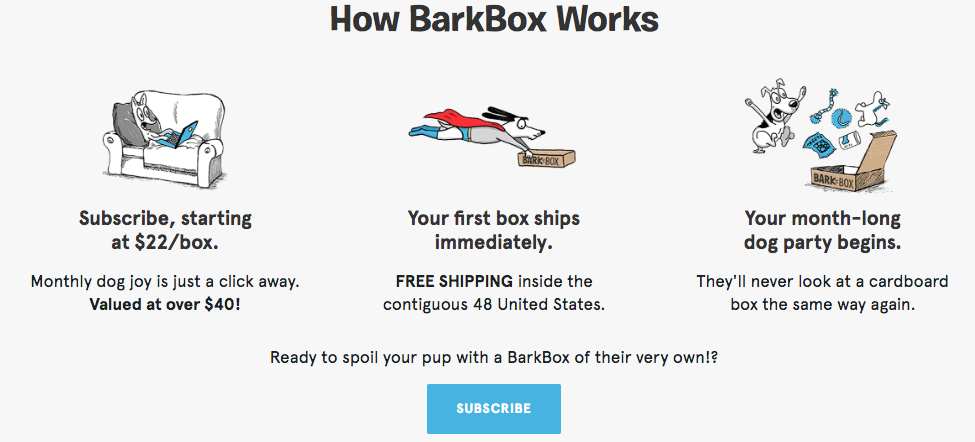
Whether it’s the copy in your 404 error page, the brief words included in your email or the short paragraph before your latest infographic, the words must pop with the same personality you include in your most important content.
2. Use the Language of Your Audience
If you really want to get into the mind of your audience, you’ll need to understand their language as well. For local businesses, this could include finding regional phrases and wording that show your brand is in sync with its physical location.
A lot of armchair kickers on here are saying that they could hit that field goal, which we find DOUBTFUL. You’re gonna sit there on your throne of potato chips and vape pens and criticize this dude’s athleticism? GET REAL. 2/5
— Goose Island Beer Co. (@GooseIsland) January 7, 2019
Goose Island came to the rescue when its local team, the Chicago Bears, lost in the NFL playoffs on a missed field goal. The brewery used social to engage their fans by calling them out for complaining about the missed kick. The conversation and language used is funny and even feels like a typical sports conversation you’d hear over a beer.
To get fans involved, Goose Island held a field goal kicking contest from the same distance where the professional missed. They got a ton of media attention and people to come out in the snow to participate.
Sliding into today like: pic.twitter.com/Icsvkf1Wzl
— Goose Island Beer Co. (@GooseIsland) January 22, 2019
The event was a huge hit and had the entire city buzzing about the contest. And even though many fans were still upset over the loss, the connection and engagement idea matched perfectly to their target audience and their brand’s voice.
The right language will allow your brand to be viewed as a friendly personality rather than a cold, impersonal entity.
3. Give Your Brand a Human Touch
In the spirit of personalizing your brand, giving it a face is a great way to get people to engage. Think of who in your company is the most vocal advocate.
Who is really passionate about the brand and the customers? This person can become the face of your brand, speaking in video content, presenting webinars and more.
Another way to give your brand a human touch is by presenting multiple faces from your company on your website and social channels.
Ever wondered how the same frame looks on different faces? Here's Louise and Louise Wide in Blush Tortoise on some #teamwarby members! https://t.co/ePupTLLT6r pic.twitter.com/FQ9QcdiFAi
— Warby Parker (@WarbyParker) February 7, 2019
Warby Parker does a great job at this by using employees to model their products. Make your customers feel like your employees to get them on your side!
4. Spice Up Your Social Feed With User-Generated Content
Your customers like to read the honest opinions from each other about your products instead of content from your brand. Why do you think ratings and reviews exist in the first place?
This is why so many people trust user-generated content. Data from CrowdTap found user-generated content is 35% more memorable than your average social posts and is 50% more trusted. Additionally, user-generated content is 20% more influential on purchase decisions.
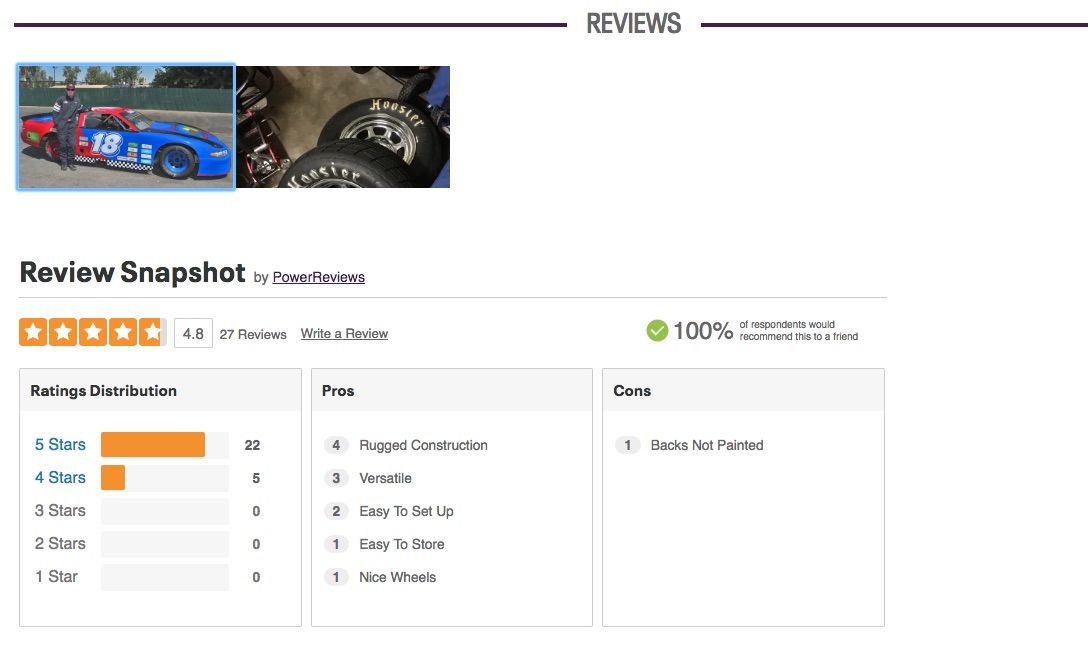
Speedway Motors uses PowerReviews’ Visual and Social Suite to collect and display user-generated content into reviews. Potential buyers can see images of the products in action from shoppers just like them.
Did you know that 88% of consumers specifically look for images and videos uploaded by other consumers before purchasing? If you want people to remember, trust and be influenced by your social feed, it’s time to incorporate user-generated content.
5. Build Relationships With Your Most-Engaged Social Fans
Customer engagement and relationship-building go hand in hand.
To start, always respond to your customers and fans on social media. Check out how Wendy’s does this with style:
She did a great job! 😊 Please DM us your mailing address. We'd love to send some #KidsLoveWendys goodies for her to enjoy!
— Wendy’s (@Wendys) March 10, 2019
When you see that a certain user always comments on or shares your posts, it may be time to take this a step further. For example, you could include this user in your influencer marketing strategy (especially if they have a decent social following).
Whether it’s asking these influencers to write a blog, do a social media takeover or provide visual content, you take away the brand and focus on creating relationships with people.
6. Give Your Most Valuable Customers VIP Status
People love to feel special. So, give them a reward for being a great customer!
Creating loyalty and rewards programs for repeat shoppers encourages brand loyalty and increases the overall customer experience.
For example, you could invite repeat shoppers to join your VIP club. Then, send them exclusive offers on products, give them early access to time-sensitive sales or let them pre-order new products ahead of the average shoppers.
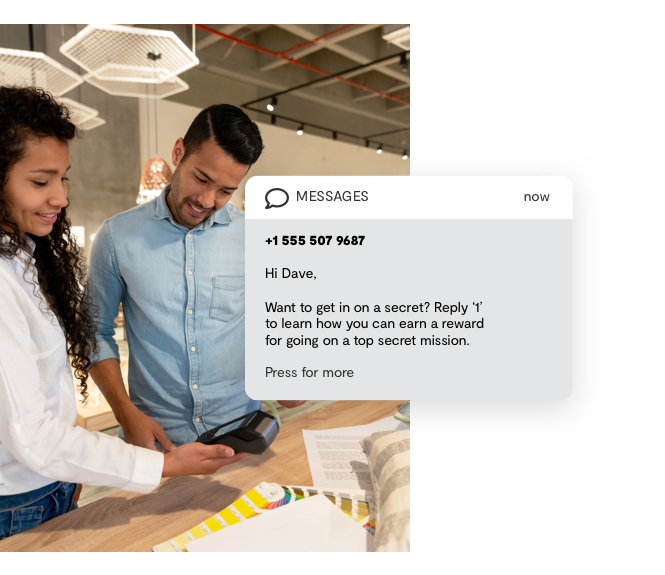
PowerReviews’ Journey IQ does just that. We help customers engage with brands by becoming mystery shoppers to uncover insights into the overall shopper experience. And the best part is customers get rewarded with deals and exclusive coupons that makes shoppers feel inclusive with your brand.
These kinds of rewards will help current customers fall in love with your brand even more.
7. Publish Content With Your Current Customers in Mind
Sometimes brands focus too much on new customers than on their existing base when creating content. Stop this trend by creating content that is specific to current users of your products.
Check out how The Home Depot does this with their YouTube channel by providing tutorials to those who just made a purchase and might need a little help using a tool or completing a project:
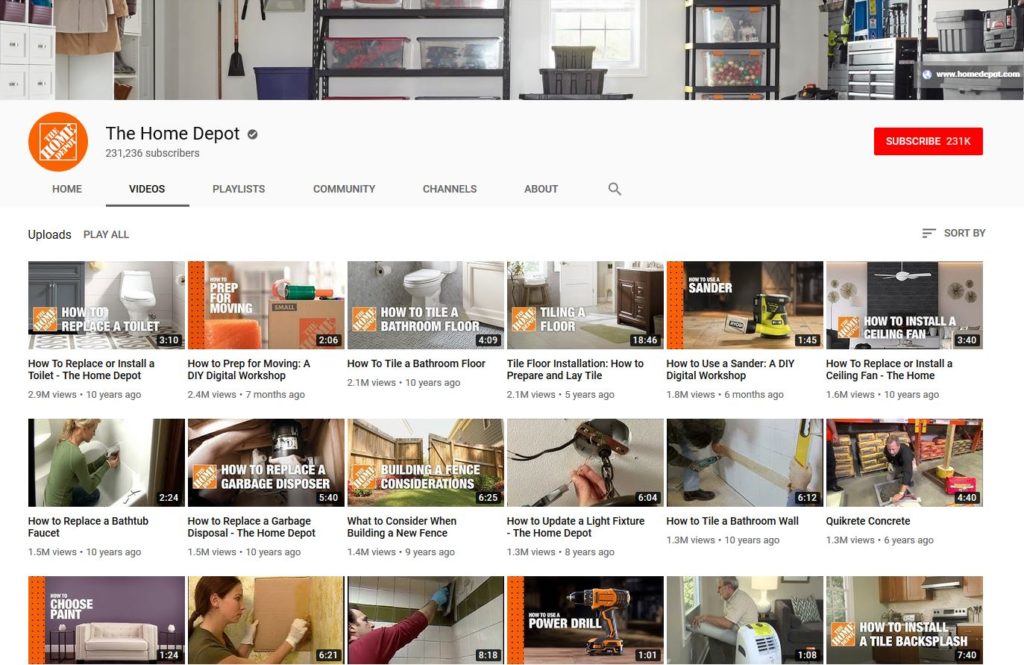
They regularly upload how-to’s and DIY guides that are super helpful to their current customer base. In turn, customers are likelier to be loyal to Home Depot since they helped them from start to finish with a project.
There’s no doubt about it–this kind of content boosts customer engagement and improves retention. In fact, 69% of online consumers agree that the quality, timing and relevance of branded content influence their view of a brand.
8. Reward New Reviewers
Want to encourage people to review your products online, but you’re having trouble generating content? One of the best ways to get more content is to incentivize the process!
Try offering a reward for taking the time to write a review, give feedback and post images of their content to help future shoppers. Dangling the carrot of a reward could really help produce more results.
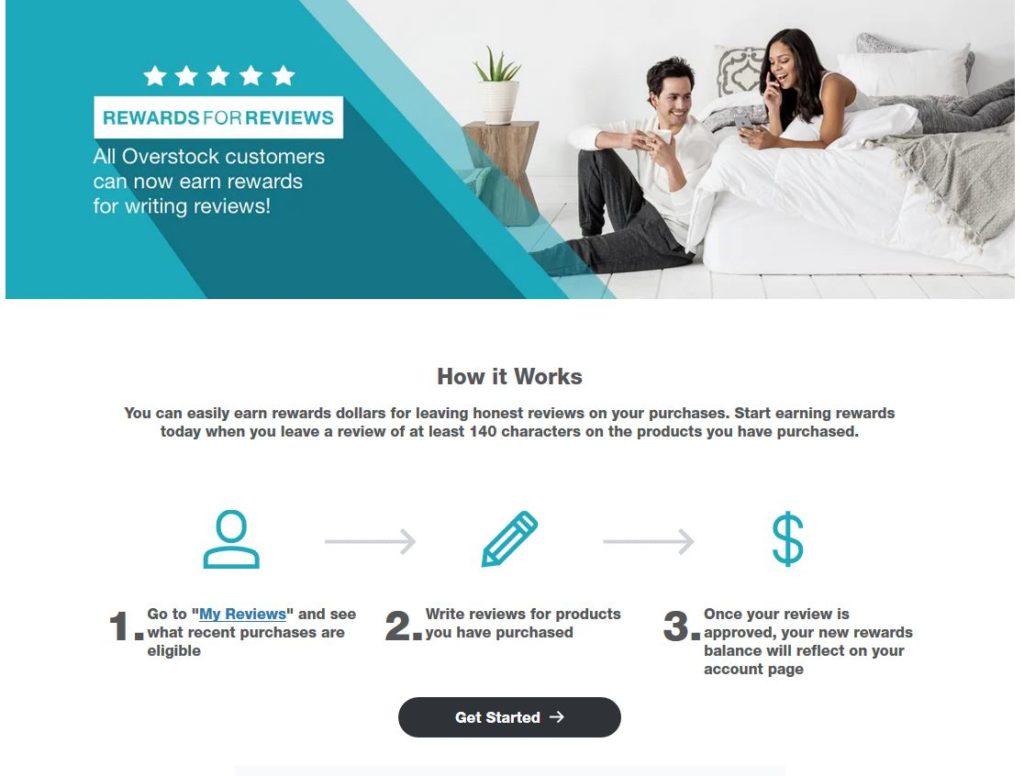 Overstock does this with a systematic rewards system for reviewers. It’s not easy getting a bunch of reviews from shoppers all at once, but with the right tools, you can reward shoppers to fill out authentic and honest reviews for all their recent purchases.
Overstock does this with a systematic rewards system for reviewers. It’s not easy getting a bunch of reviews from shoppers all at once, but with the right tools, you can reward shoppers to fill out authentic and honest reviews for all their recent purchases.
It’s smart to drive engagement through post-purchase emails to let customers know about the potential rewards and get their customer feedback while the experience is still fresh in mind.
9. Over-Personalize Content & Offers
We all know personalization is important.
In fact, an infographic by Every Cloud Tech shows that marketers see on average a 20% increase in sales when using personalized web experiences.
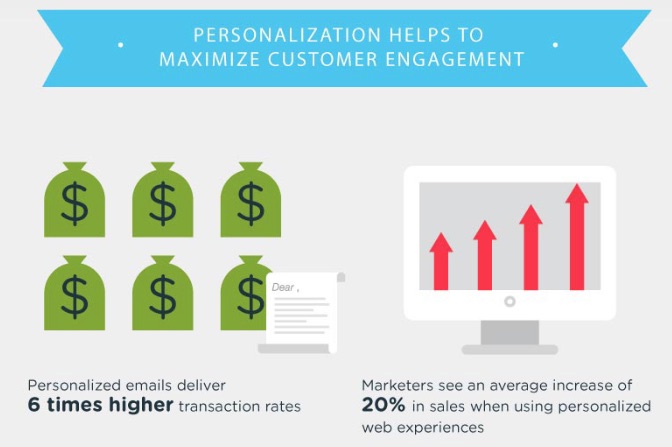
Gather customer behavior data to understand what products they’re viewing, where they spend time on your website and if they’ve made any previous purchases. Once you have this data, you can better showcase personalized content to meet their specific needs.
Take this a step further by personalizing the offers you send to your email subscribers. For example, a fashion brand shouldn’t send offers for men’s clothing to a user who has only ever looked at or purchased women’s clothing on their website.
Dive into your customer data to learn purchasing behaviors so you can tailor emails specifically to them and the products they want.
10. Collaborate With Customers to Create & Improve Products
Another tip to follow is getting customers to engage and interact with your brand by inviting their feedback on your products.
Generating ideas from your customers about future products or improvements makes them feel like a part of the process. Also, it might give you an idea for your next big marketing campaign.
Domino’s put this into practice by allowing users to create their own pizza. The campaign was all about engagement and highlighting their customers’ ideas.
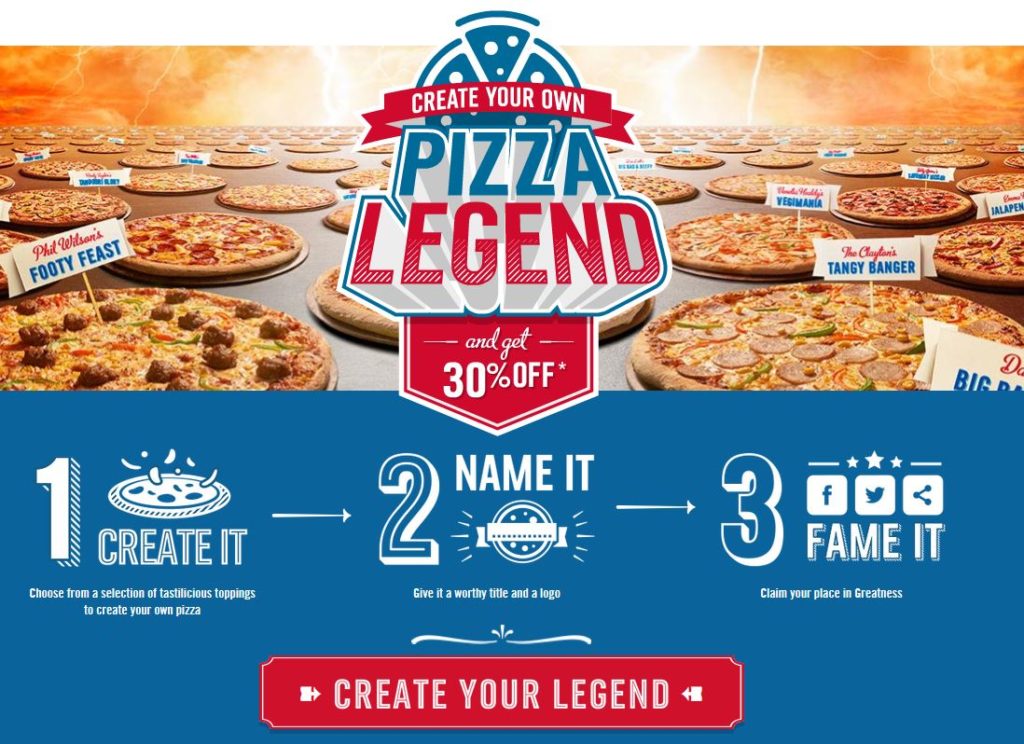
In the end, the marketing campaign combined the idea of brand and customer collaboration with a discount. At the same time, Dominos made it easy to share the experience on social media.
11. Generate Interactive Content
Is your blog lacking strong engagement? Try boosting your engagement rate by creating content that involves your audience.
For example, use quizzes to help customers decide on the best product for them. You can also draw them in with a useful calculator that helps them solve a problem. A fantastic example of interactive content is live videos.
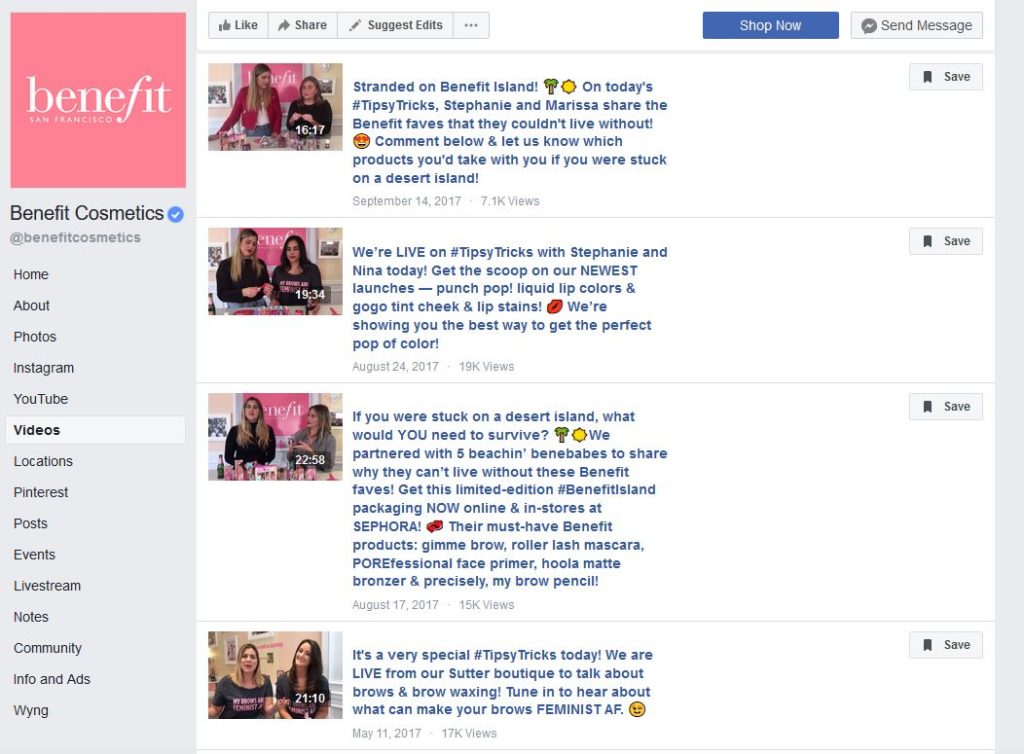
Benefit Cosmetics puts live videos to good use on Facebook, showing customers how to use their products in a live demonstration. This allows people to comment as the video is rolling.
12. Deliver Fast & Positive Customer Service on Social Media
Your customers want their voices heard. In fact, Telus International found 72% of millennials are more likely to be loyal to a brand that responds to them over social media.
Additionally, 66% of millennials say that their loyalty would be affected by how fast the brand responds to their feedback on social media. Providing customer service on social isn’t new, there are ways to provide better experiences.
Thanks for the fast response! Great! I'll be sure to look out for it in the coming days.
— Dragoorba (@dragoorba) March 10, 2019
Some of the tactics you can use, include:
- Support Accounts: A lot of bigger tech and software companies are relied on to be running 24/7, which is why having a direct line to the support team is essential. If you want to direct support questions away from your major accounts, create a new one only for customer questions.
- Search for Conversations: Using social media management tools like Buffer, Hootsuite or Sprout Social allow you listen to conversations on social–even when you’re not tagged or mentioned. It’s always good to find conversations about you and providing answers some customers might have wanted to express.
- Delegate Social Messages to the Right Team: To speed up your social media answering, make sure you’re delegating questions to the appropriate team. Even if you don’t have a large social team, you can have specific employees from marketing, sales, engineering or recruiting to provide answers to customer questions.
Build Something You’re Proud Of
Increasing brand loyalty, positive feedback and higher sales are all common goals for businesses. But to get there, you need to impress your customers and create experiences that keep them coming back.
It’s all about how you interact and engage with your customers that makes you truly unique in their eyes. Use a customer engagement strategy to build authentic relationships with your audience and prove to them you care.
If done right, you’ll quickly find your own tribe of brand advocates to recommend, share and stand up for your brand. Good luck and let us know on Twitter what you do to build better customer experiences!





